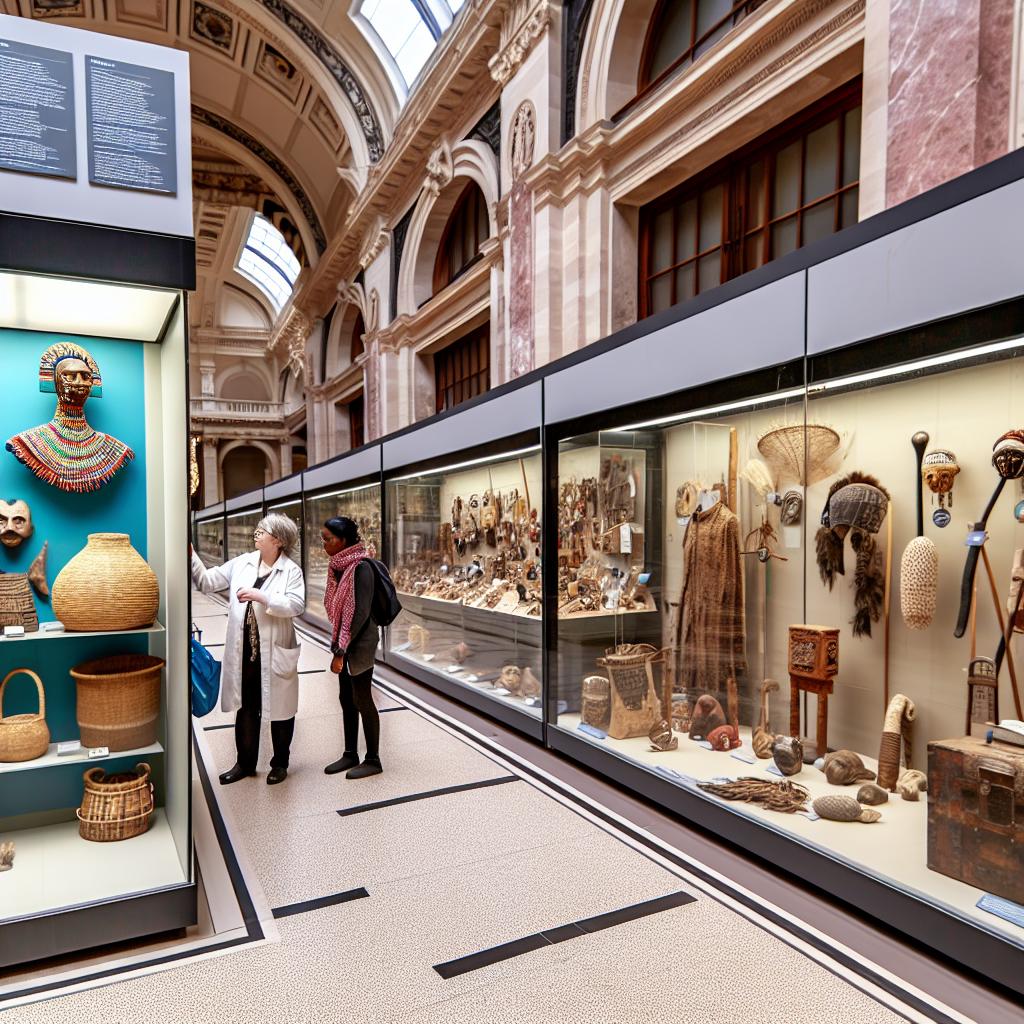Introduction to European Museums and Indigenous Traditions
European museums have long served as custodians of cultural heritage, showcasing a diverse array of historical artifacts from across the globe. Among their many responsibilities, these institutions play a crucial role in preserving indigenous and folk traditions. This task is not just about safeguarding the past, but it also involves promoting understanding and appreciation of these cultures in a modern context. By offering a perspective into distinct cultural traditions, these museums provide valuable insights into human history and cultural evolution.
Understanding Indigenous and Folk Traditions
Indigenous and folk traditions are rich repositories of cultural knowledge, reflecting the collective wisdom and creativity of various communities. These traditions entail a variety of elements, including music, dance, rituals, crafts, and oral histories. Each of these elements holds significance, providing insights into the community’s way of life, beliefs, and social norms. The preservation of these elements by museums is essential, as it not only helps to keep these practices alive for future generations but also provides educational opportunities to the general public. Through these preserved artifacts and practices, individuals gain a deeper understanding of how people in different parts of the world express their identities and maintain their cultural heritage.
The Role of European Museums
European museums employ a variety of methods to ensure the preservation of indigenous and folk traditions. They serve as a bridge between the past and the present, connecting people to their cultural roots while fostering a broader comprehension of diverse cultures. In addition to exhibiting artifacts, museums engage in comprehensive documentation and research projects. This involves not only the study of available materials but also the initiatives to uncover hidden or overlooked aspects of indigenous traditions. Museums often collaborate with indigenous communities, ensuring that the representation of their traditions remains authentic and respectful. These partnerships are vital in maintaining the integrity and authenticity of these cultural representations.
Collaborative Initiatives
The collaborative initiatives undertaken by many European museums represent a key strategy in the preservation of indigenous and folk traditions. By partnering with indigenous groups, museums ensure that their practices and collections are guided by those who are most familiar with the traditions. Such collaboration is instrumental in creating museum exhibits and programs that are not only educational but also culturally sensitive and representative. Community-based exhibitions and educational programs often follow from these collaborations, with indigenous voices taking a central role. Indigenous experts and custodians being involved ensures the accuracy and authenticity of displays, thus creating experiences that are insightful and informative. More information about these collaborative efforts can be found on museum websites, such as the British Museum and the Musée d’ethnographie de Genève.
Conservation Techniques
In addition to collaborations, a range of conservation techniques are employed by European museums to preserve physical artifacts. These techniques are critical to maintaining the physical integrity of the artifacts, which in turn ensures their longevity and availability for future generations. Conservation methods may include climate-controlled storage, restoration work, and the application of cutting-edge technology for preservation purposes, such as using advanced imaging techniques to study and preserve fragile materials. These practices ensure that artifacts, which often include delicate textiles, paper, and wood, are well preserved over the long term.
Education and Public Engagement
Education and public engagement efforts are essential components of a museum’s mission to preserve indigenous traditions. Museums serve as educational resources for both academics and the broader public, providing insights into the complexities and depth of various indigenous cultures. Through exhibitions, workshops, and interactive sessions, museums educate the public about the importance and richness of these traditions. Events may include cultural festivals, which bring heritage to life through live performances, traditional crafts, and storytelling conducted by indigenous cultural practitioners. These activities offer experiences that educate the public while fostering respect and understanding of cultural diversities.
Digitization Initiatives
Digitization initiatives have emerged as powerful tools for museums in recent years, revolutionizing the way cultural information is preserved and disseminated. By creating digital archives and online exhibitions, museums can offer access to a wealth of indigenous cultural materials, making them accessible worldwide. These online resources serve as valuable educational platforms, enabling a wider audience to engage with and learn about indigenous and folk traditions from the comfort of their own homes. Digitization not only ensures the preservation of cultural materials in digital formats but also supports ongoing research and public engagement by providing easily accessible information to anyone interested.
Conclusion
In conclusion, European museums continue to play an integral role in preserving indigenous and folk traditions. Through a combination of collaborative initiatives, advanced conservation techniques, and educational programs, they ensure these invaluable cultural heritages are both protected and celebrated. As societies increasingly recognize the importance of cultural diversity, the efforts made by European museums are critical in promoting a broader cultural understanding and appreciation. The role of museums extends beyond mere preservation; they act as catalysts for education and engagement, helping contemporary society appreciate the rich tapestry of human culture in its varied forms.

